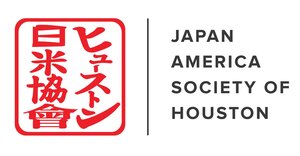The practice of gasshō (合掌), pressing one's hands together in prayer, is said to come from Zen Buddhism and is a gesture used throughout Asia as a sign of reverence or greeting. Additionally, in Japan, the gesture is used before making an apology, a request, or partaking in a meal. It is culturally significant and a part of daily life, even to the point that most do not consider the deeper meaning behind the gesture.
However, there is a use of gasshō that actively encourages one to look deeper. When we are before a memorial for a loved one, we put our hands together in gasshō and either pray or sit in respectful silence. We take time to remember. The Japanese verb used in this situation is 偲ぶ (しのぶ; shinobu). The kanji character used in the word — 偲 — can be broken into two distinctive parts: to think (思) and person (人). To remember is to “think of the person.”
In this case, gasshō is considered a "reflection of oneself through the deceased." When gasshō is performed, we are called to consider the life of our loved one as well as reflect on our own lives and actions. How has our loved one’s life and actions guided our own? How have we lived in such a way that others may reflect through us?
Gasshō does not require religious connotations. This practice is an affirmation—an affirmation of our commitment to respect and care for the world around us in the same way that we would care for ourselves.
At a time when our communities are experiencing tremendous pain and anger, and as we mark the National Day of Mourning and Lament for those who have lost their life to COVID-19. We join Houstonians and citizens across America in pausing, reflecting, praying, mourning & honoring all those we have lost.

